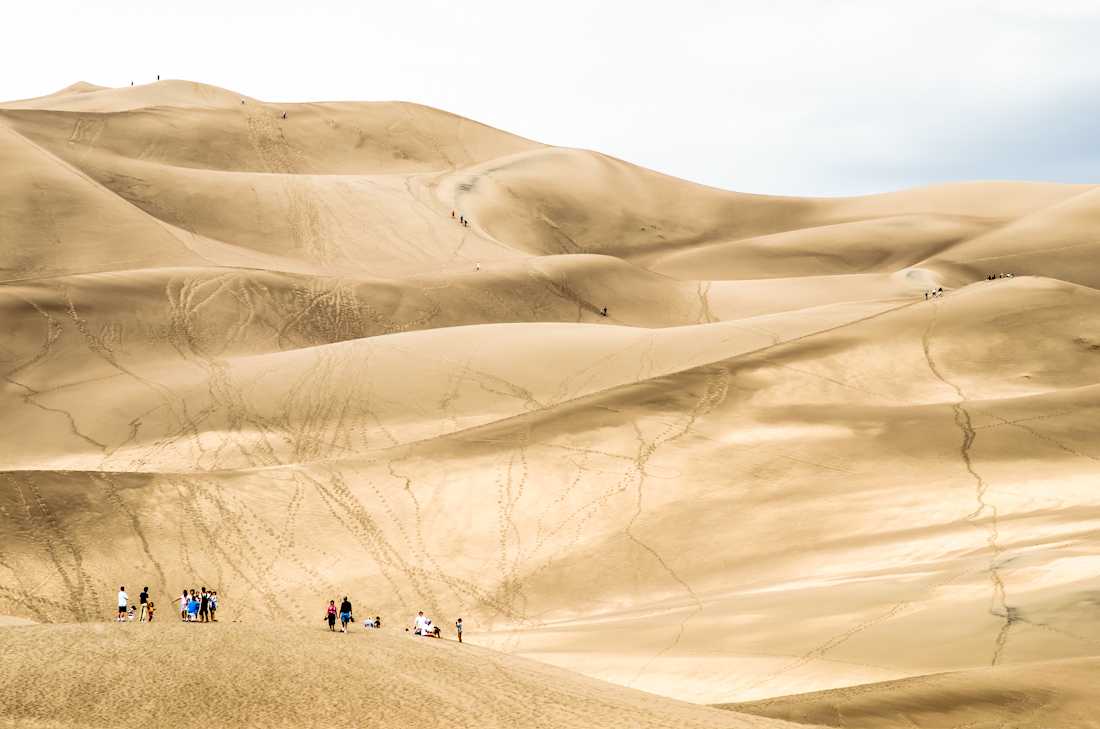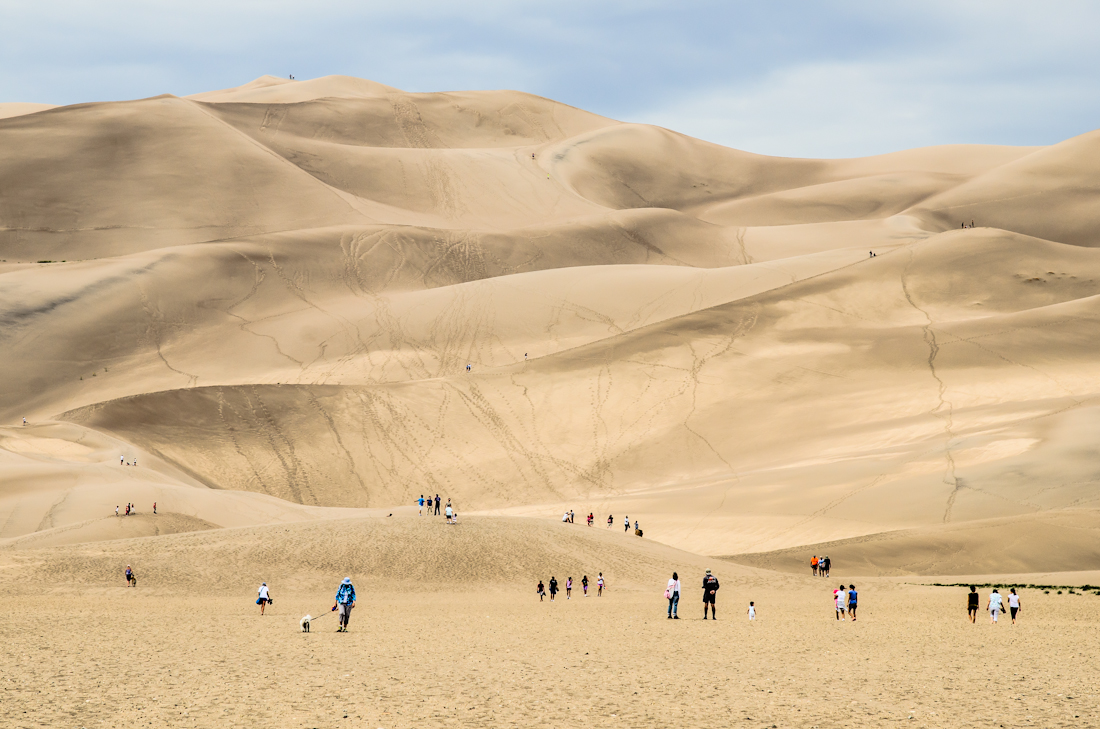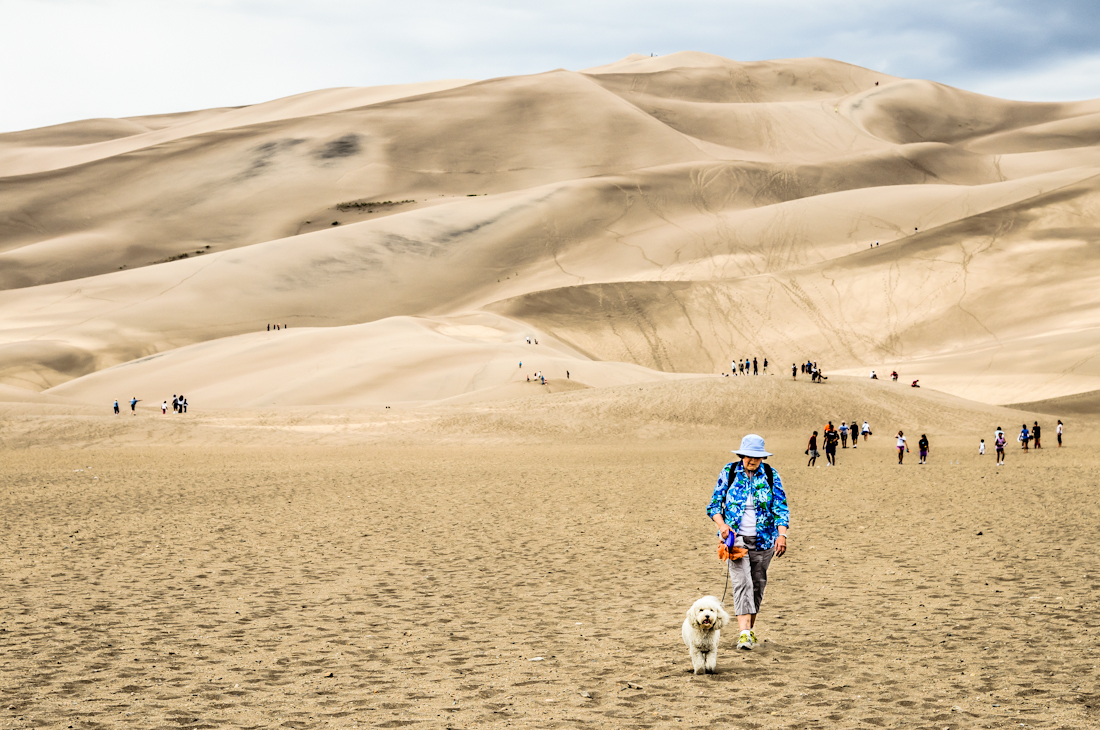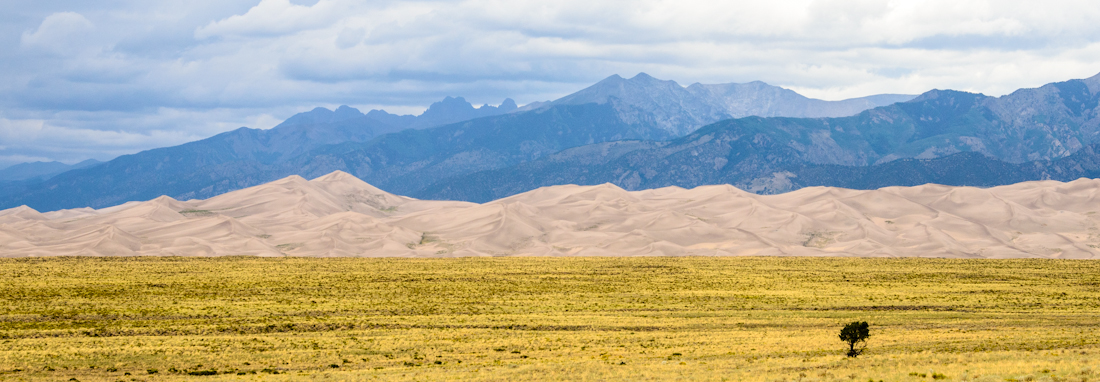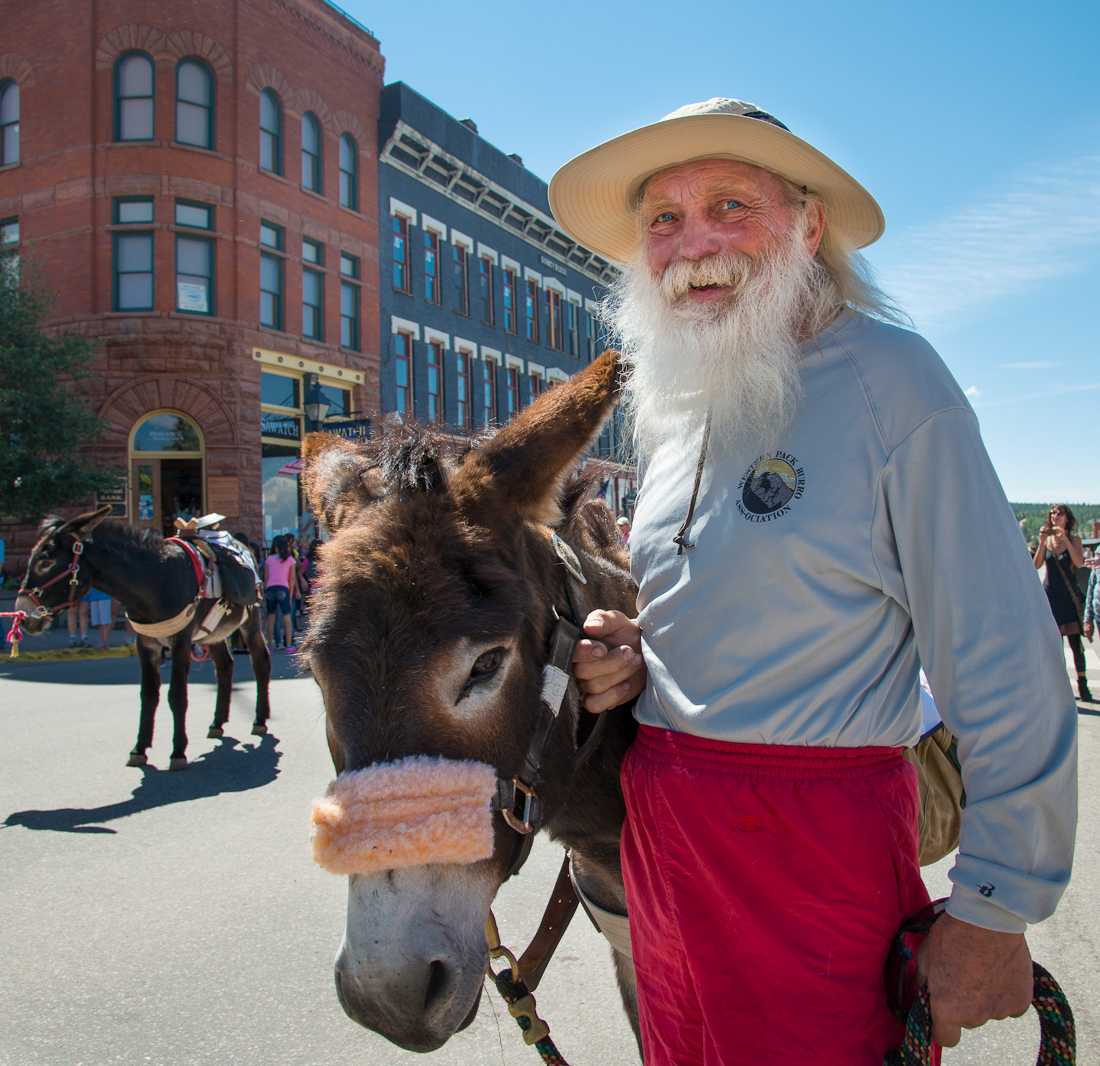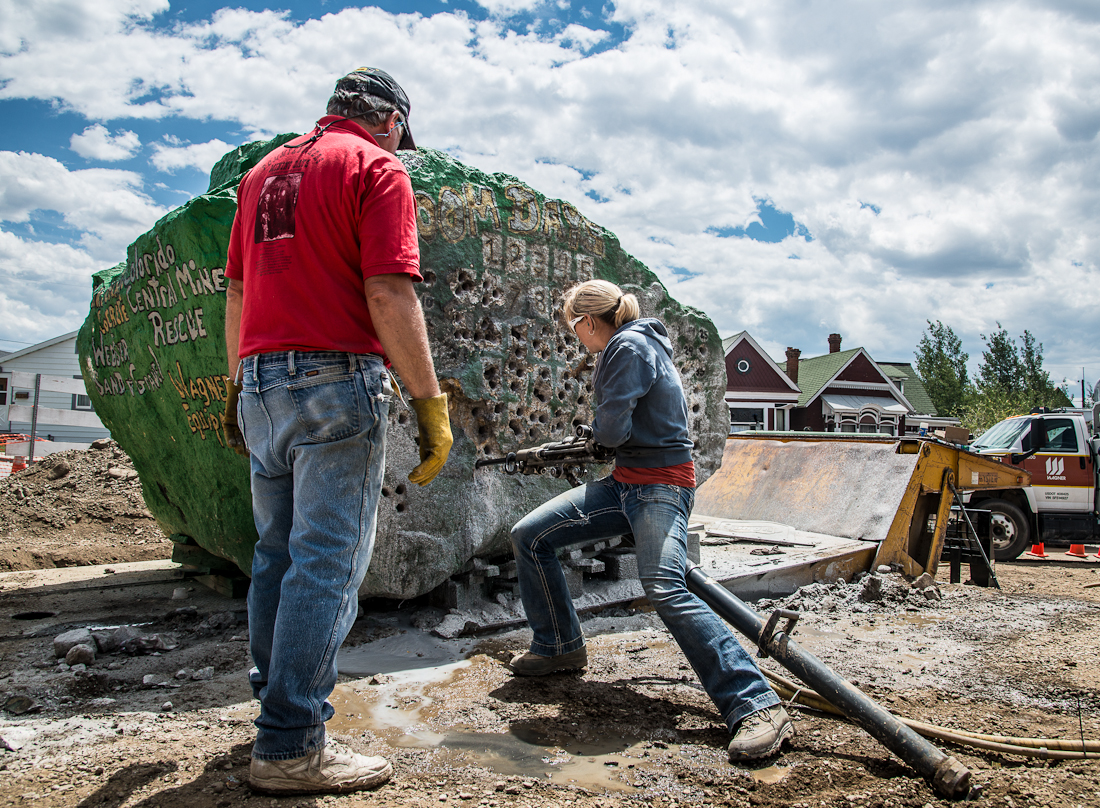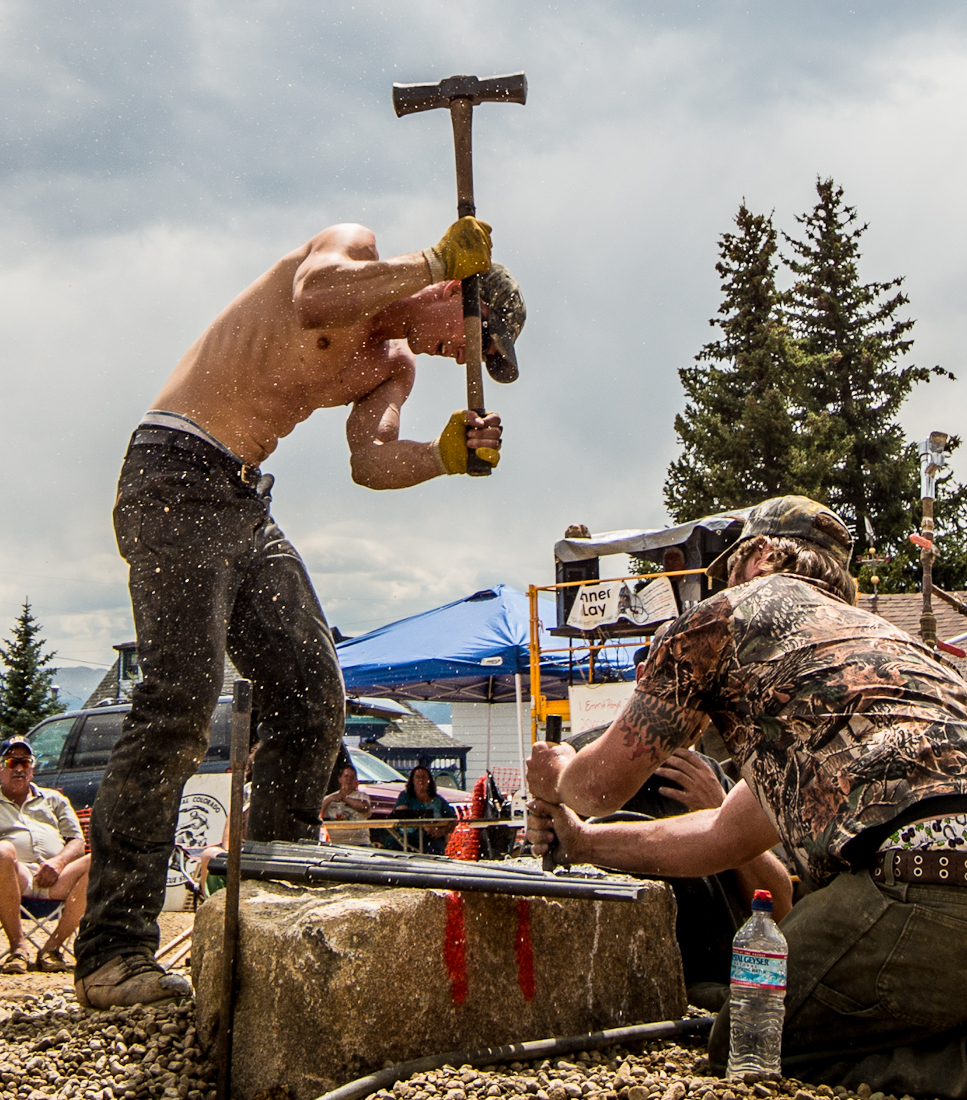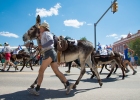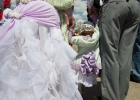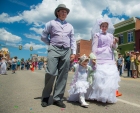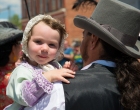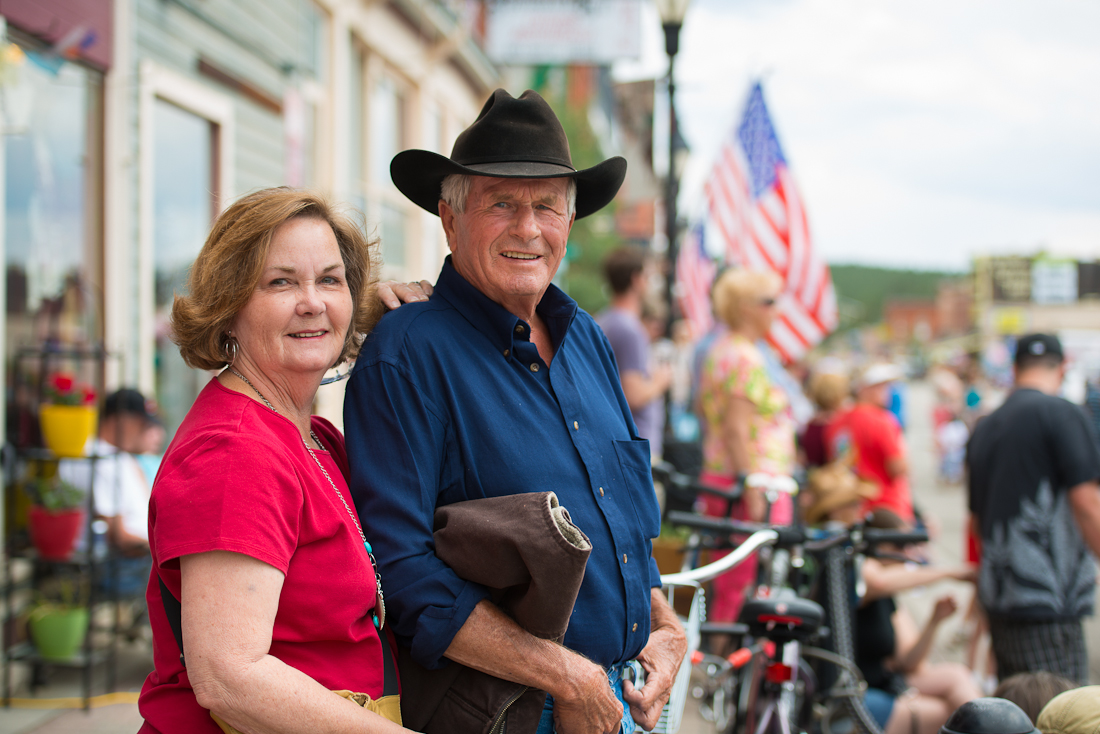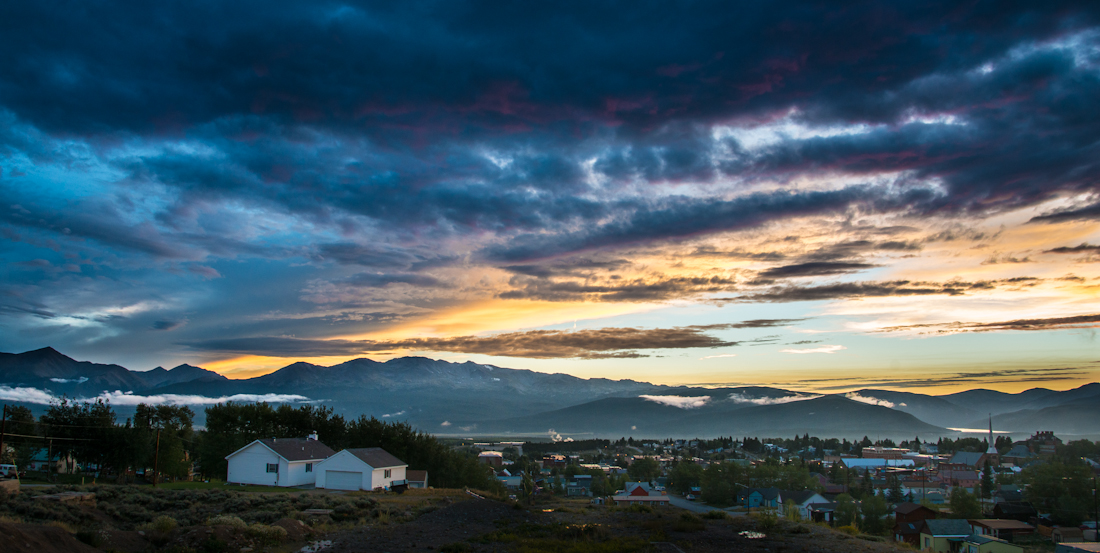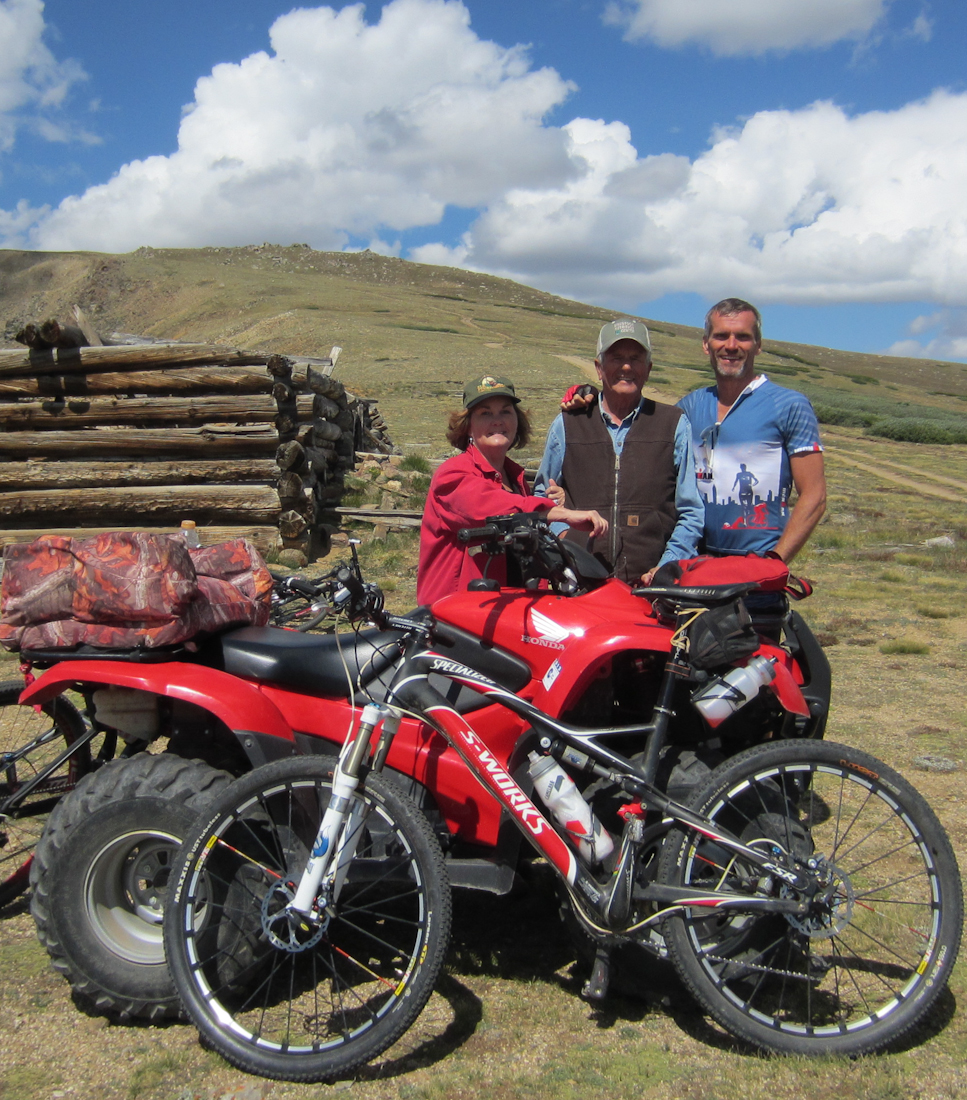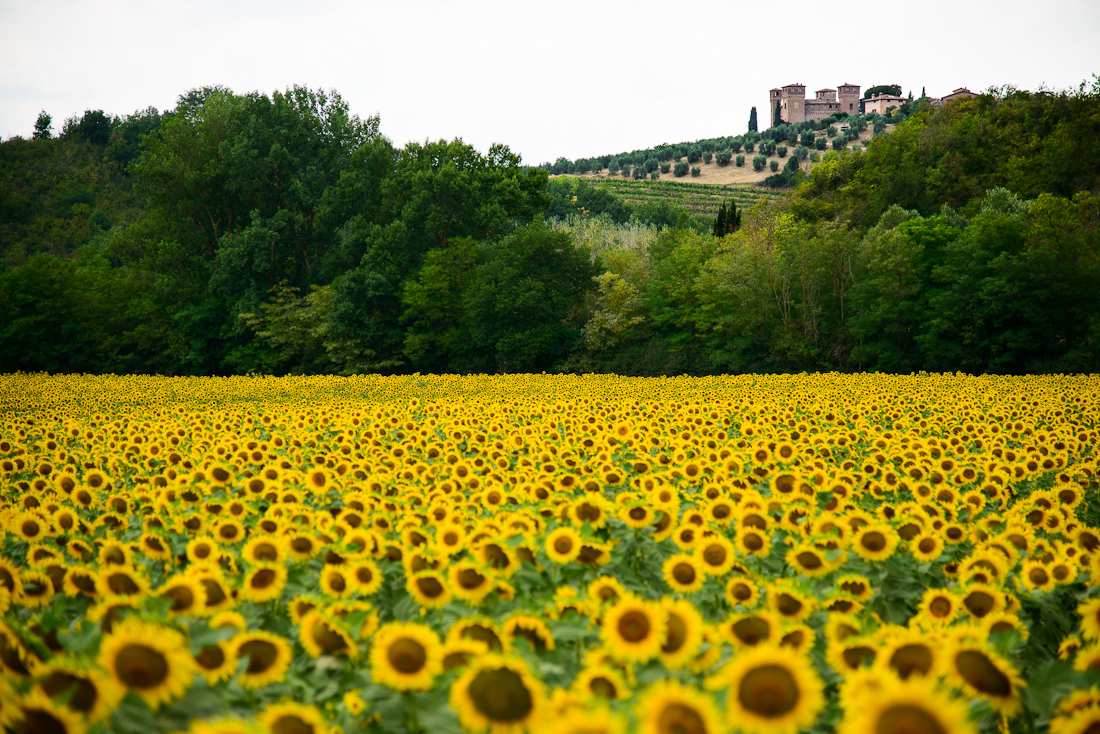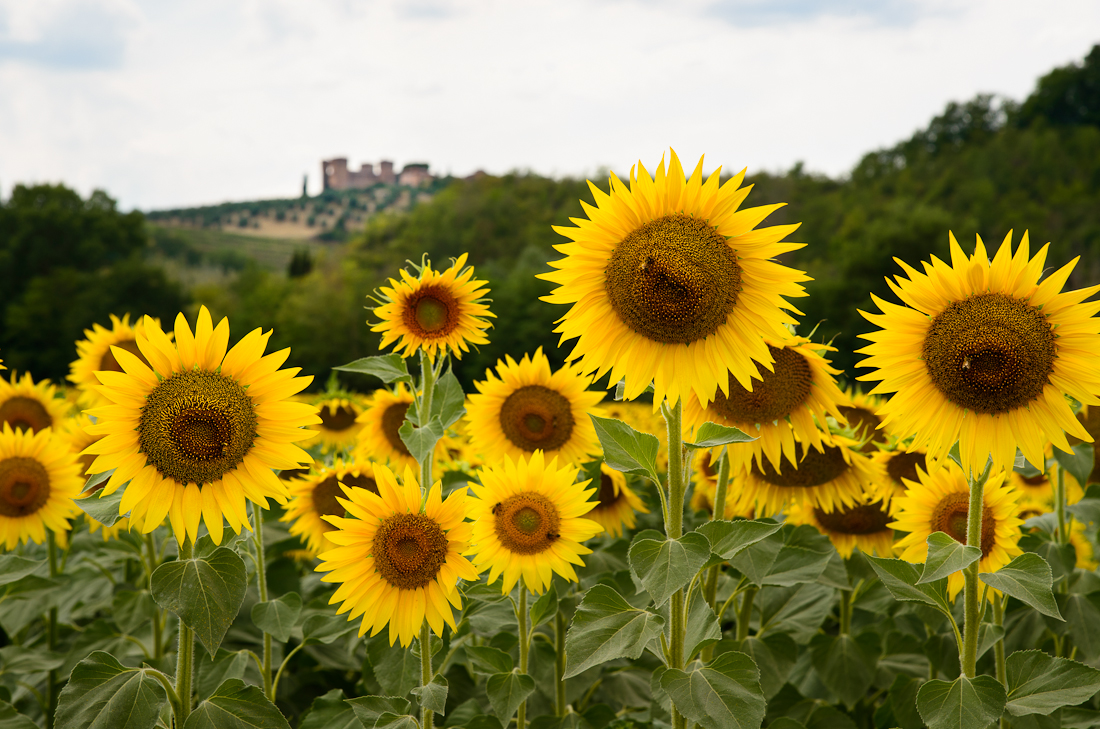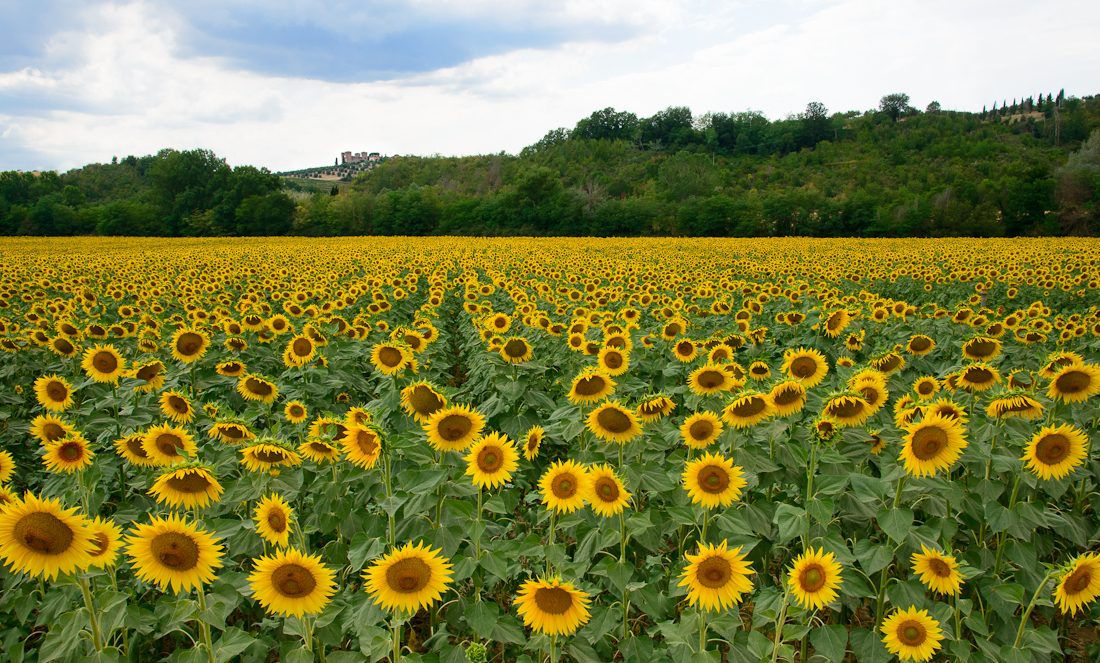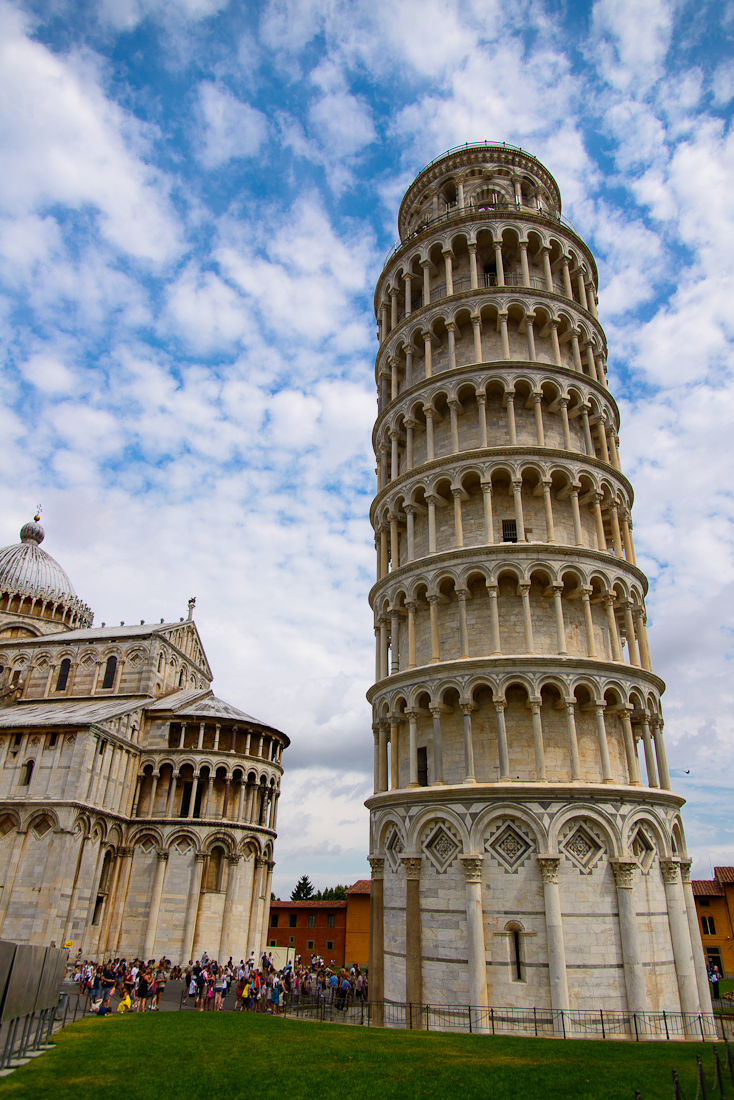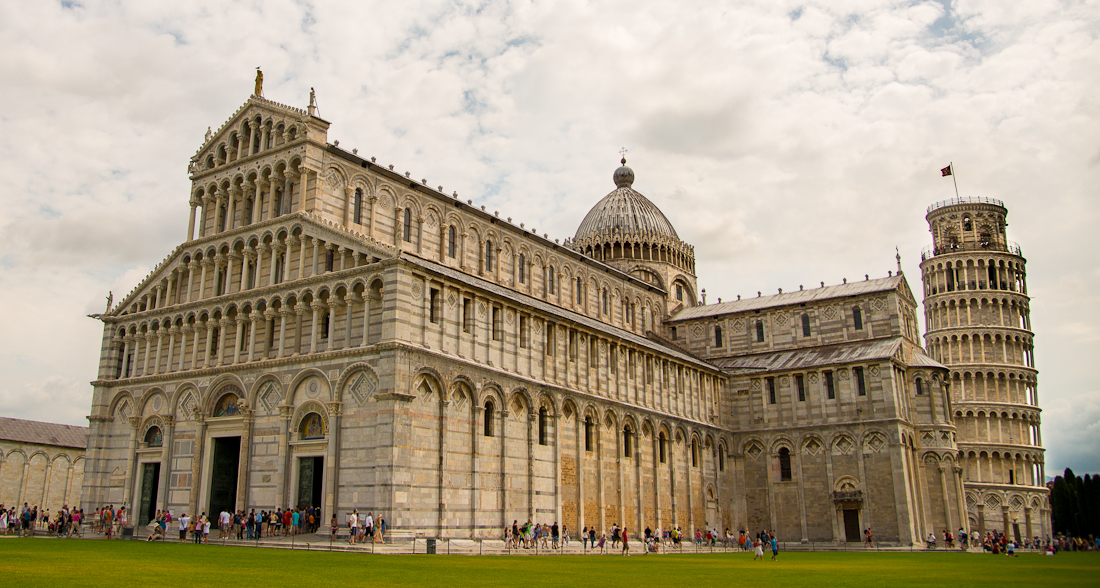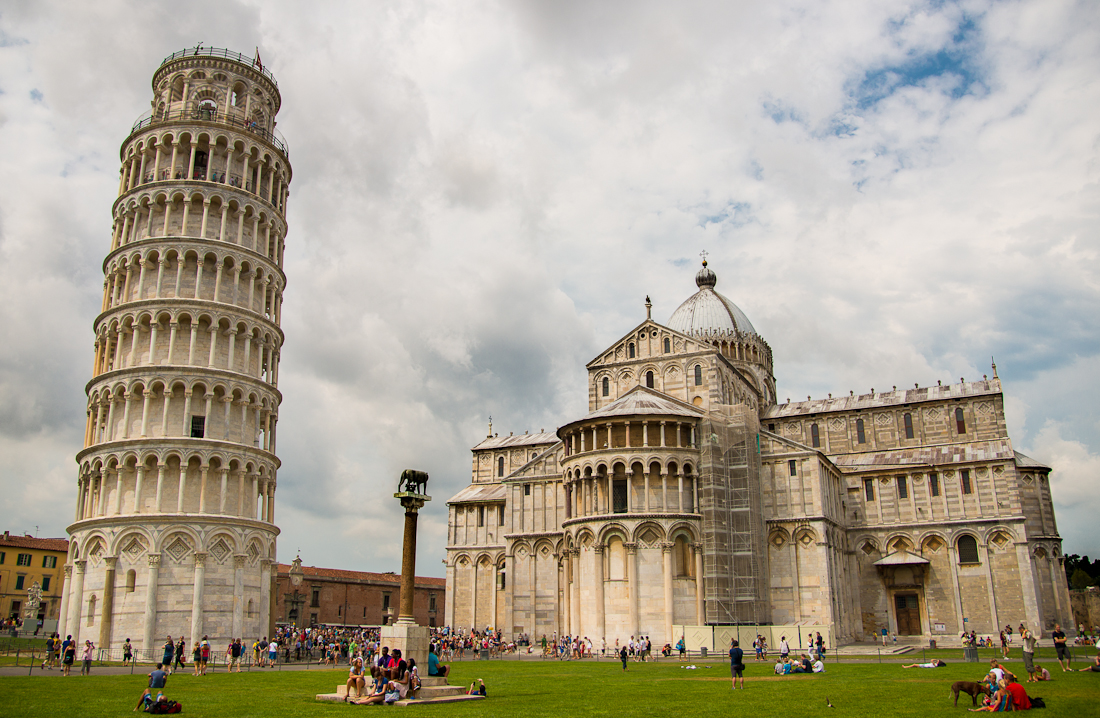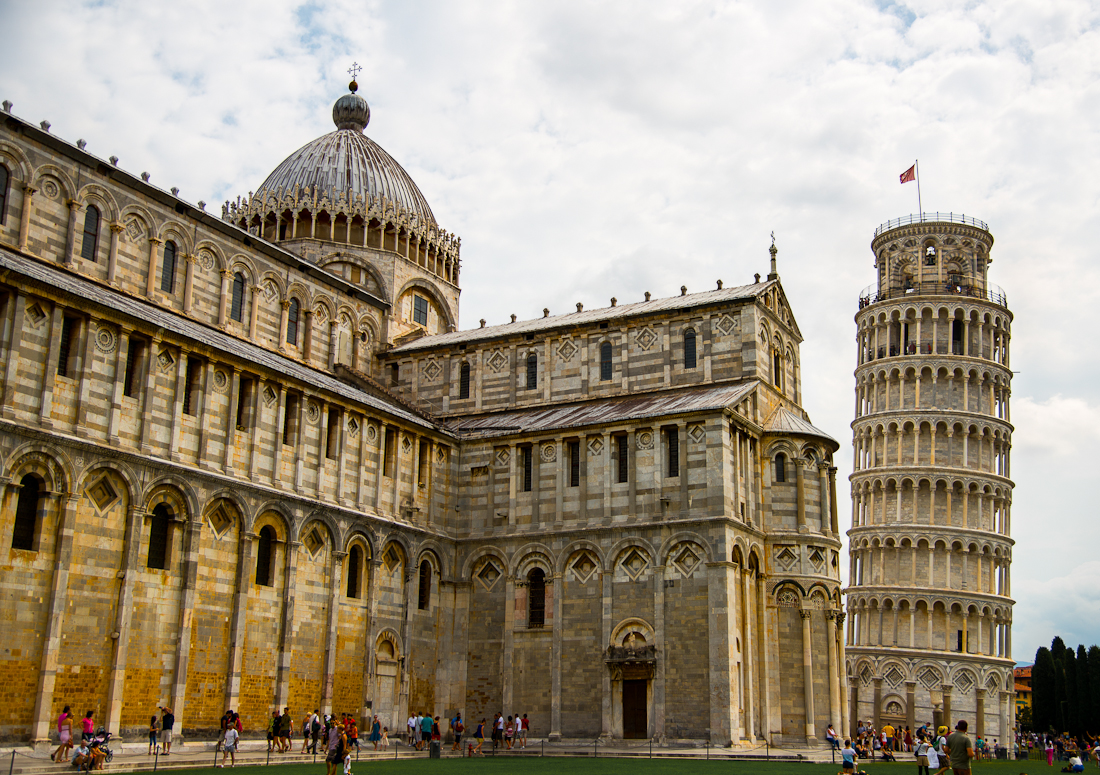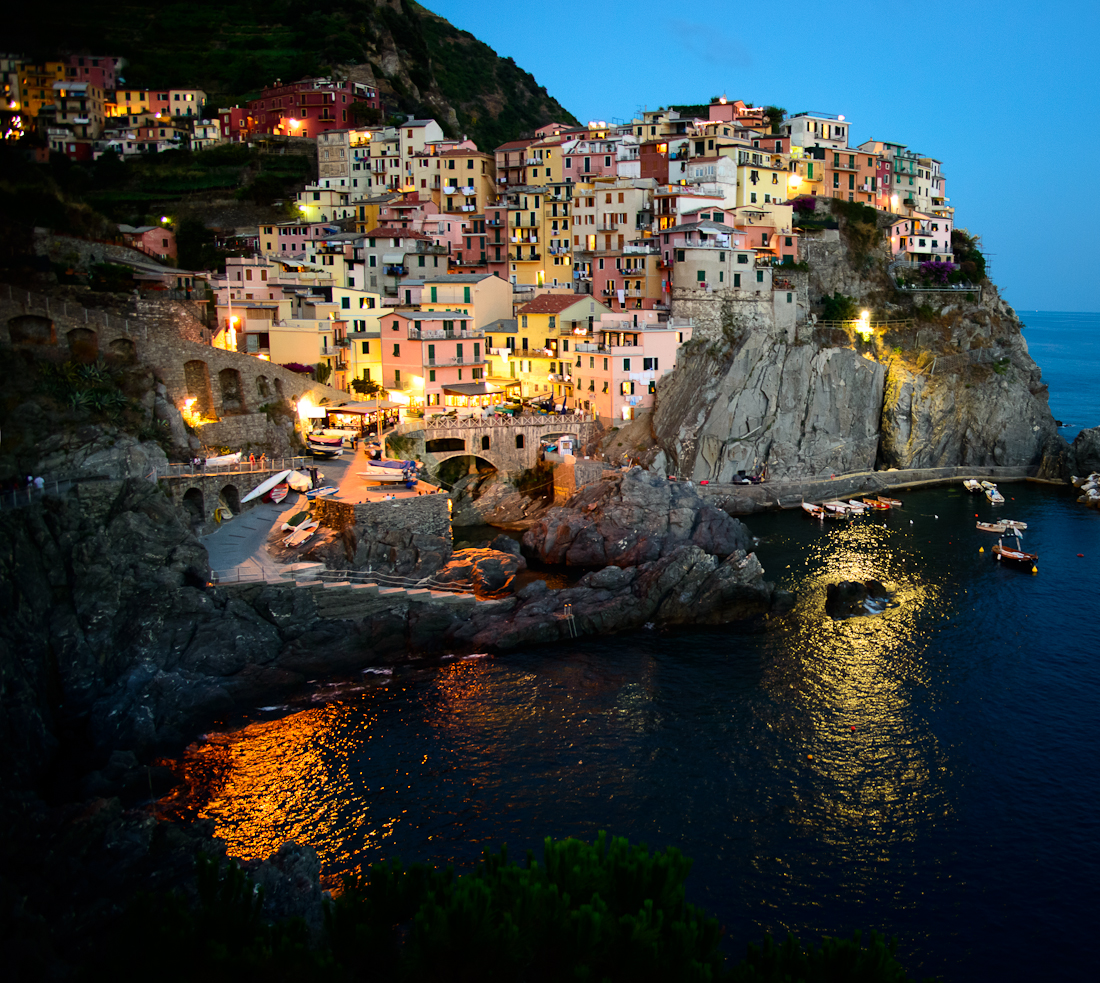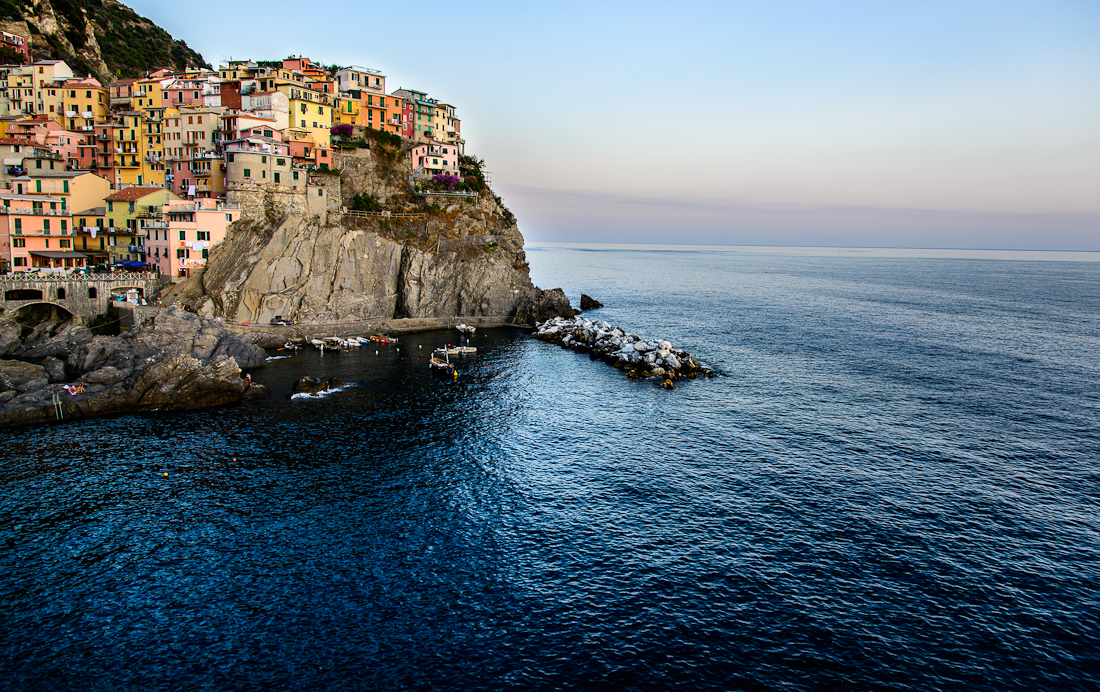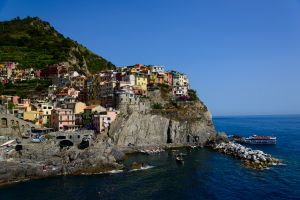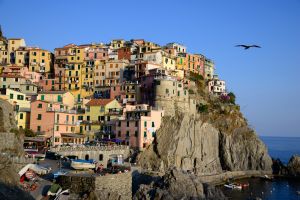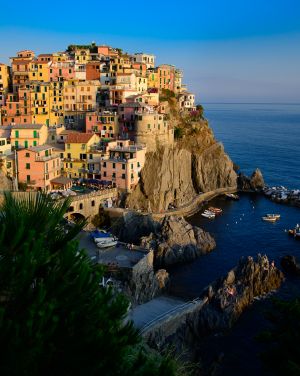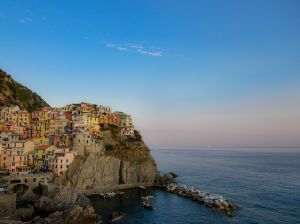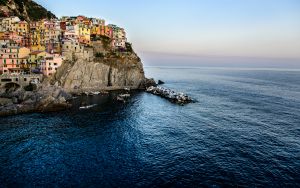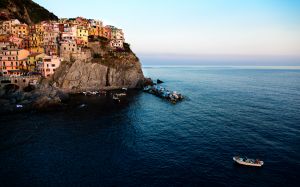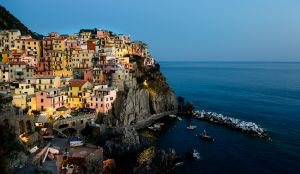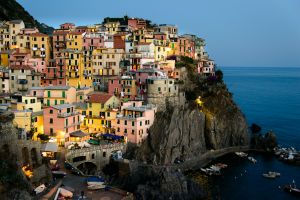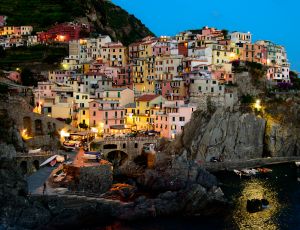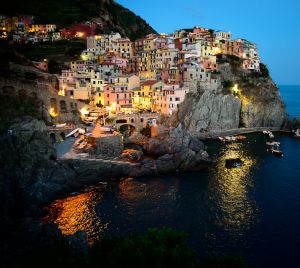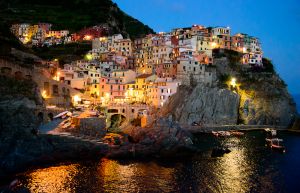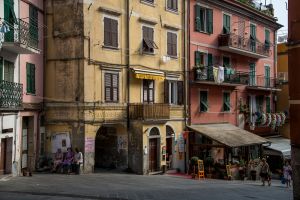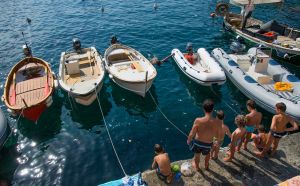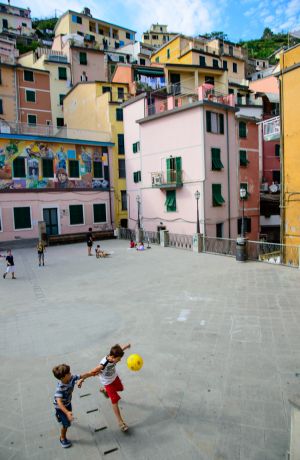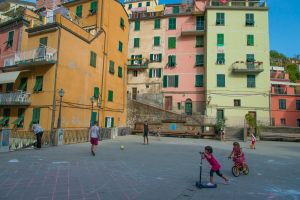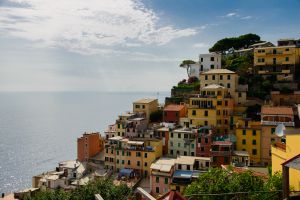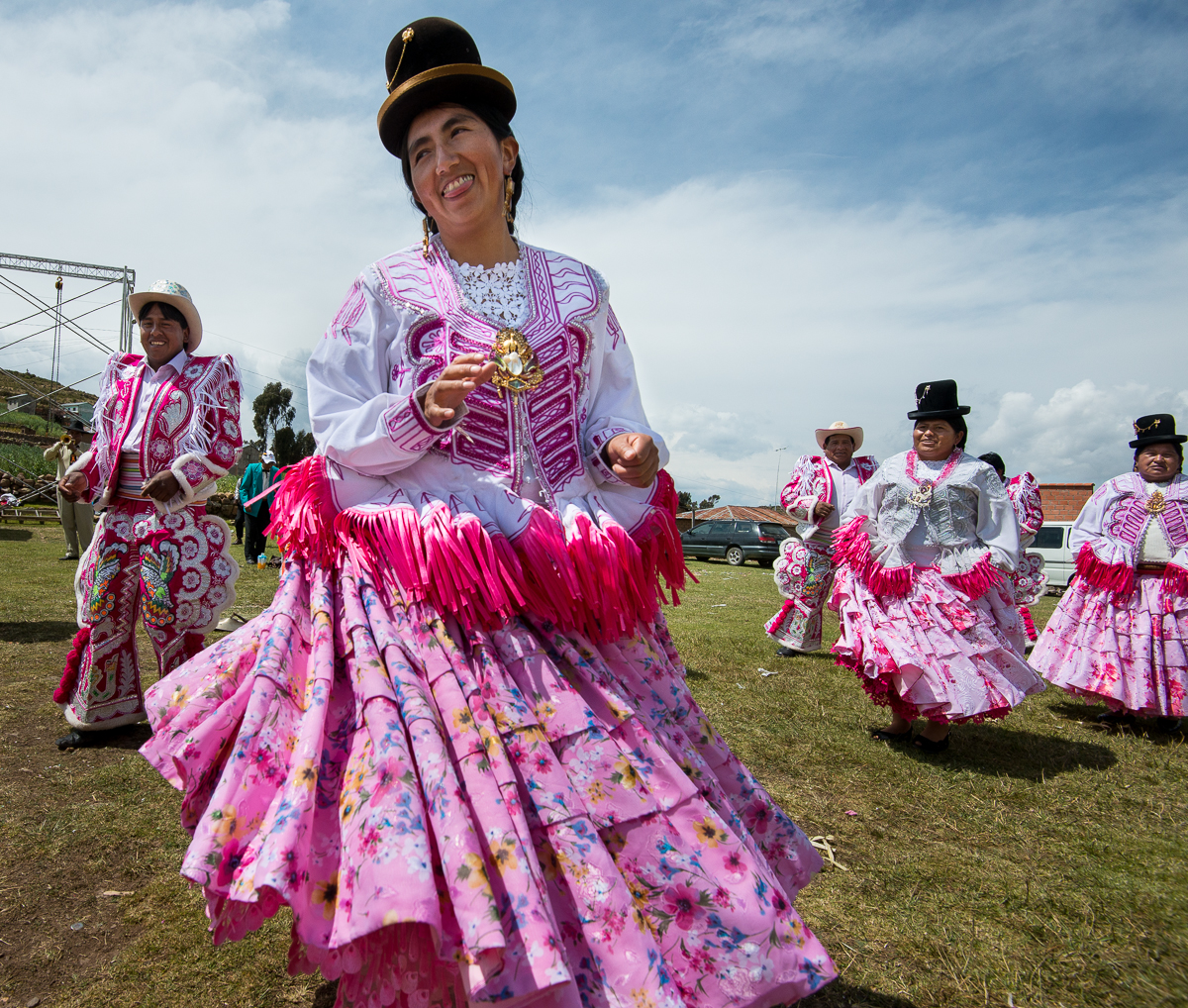Quick: Where are the tallest Sand Dunes in North America? Hint: They’re not in a desert, or at a beach. The Answer: Southern Colorado — surrounded on all sides by the Rocky Mountains. Somehow a combination of prevailing winds, mountain winds, and the sandy remnants of an extinct high-altitude lake have formed a 30 square mile sand dune field just west of the Sangre de Cristo Mountains east of Alamosa, Colorado. The big dunes rise over 700 feet above the surrounding terrain — roughly the height of a 60-story building. (Notice the tiny little people way up on the top).
I was en route from Leadville to Houston recently, and detoured a few miles to see the Great Sand Dunes National Park and Preserve. I didn’t expect much, but it was actually more interesting-looking than I’d imagined. Unfortunately, heavy cloud cover made the light flat and limited the photographic possibilities. Then some approaching lightning convinced me that I’d picked the wrong day to climb up on the high, isolated dunes.
The National Park Service’s descriptions say the former gigantic Lake Alamosa disappeared due to “climate change,” but the change to which it refers is not one caused by my Chevy Tahoe or the plastic bottles from which I drink Diet Coke. Apparently it happened a few hundred thousand years ago, so I have a pretty good alibi.
